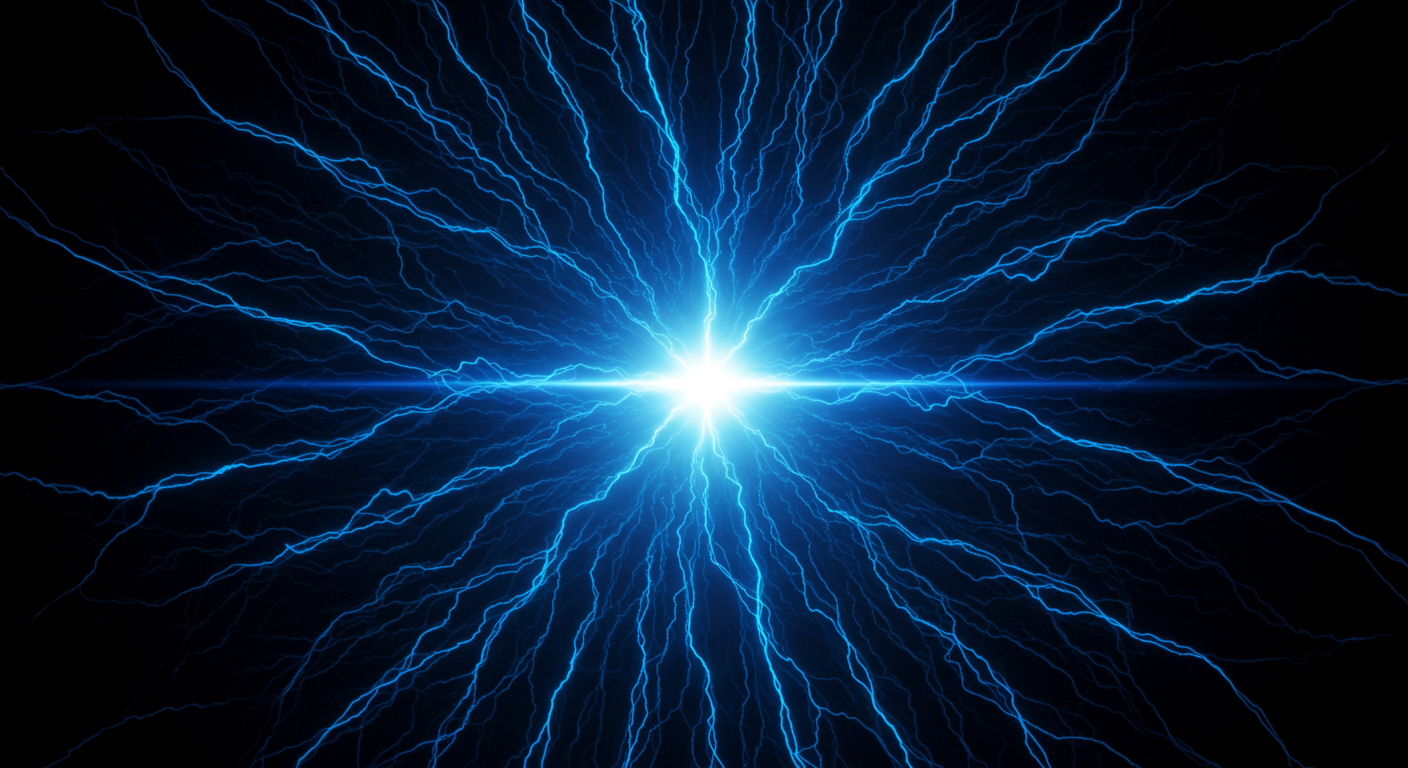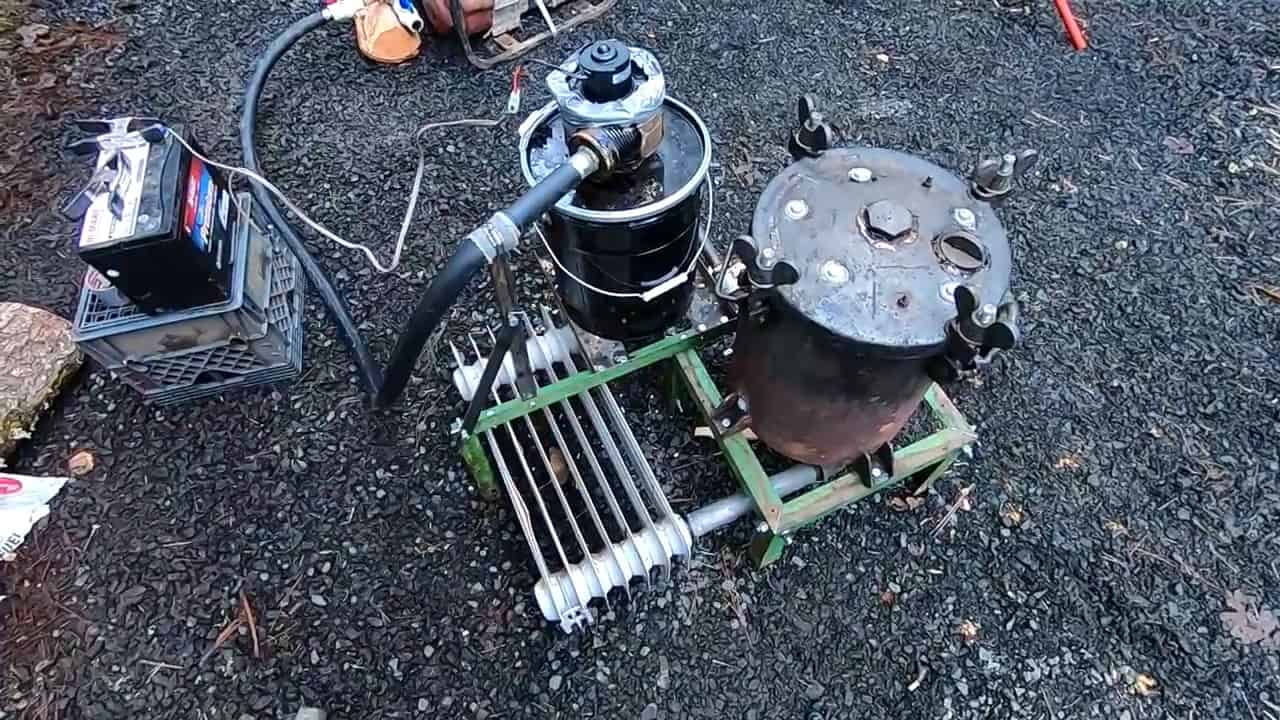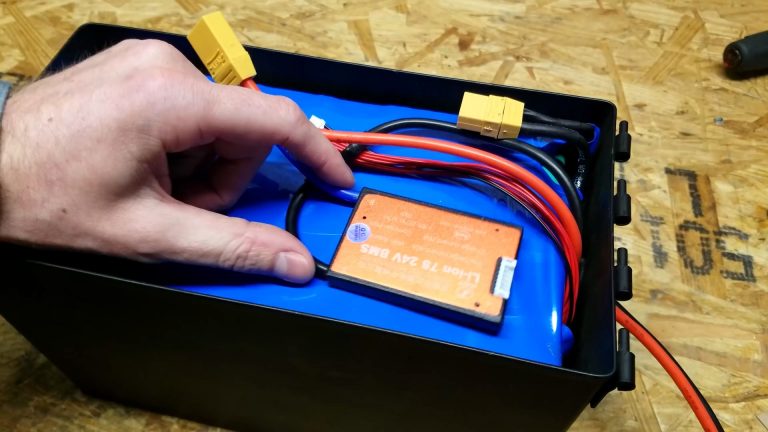An EMP, or Electromagnetic Pulse, is a sudden burst of electromagnetic energy that can disrupt or destroy electronic systems. It’s not science fiction—it’s a real phenomenon with serious implications depending on its source and intensity.
⚡ Types of EMPs
There are three main types, each with different characteristics:
- E1 (High-Frequency Pulse)
- Happens in nanoseconds
- Damages microelectronics like processors and radios
- Often caused by nuclear detonations at high altitude
- E2 (Medium-Frequency Pulse)
- Similar to a lightning strike
- Affects power lines and antennas
- Can be mitigated with surge protectors
- E3 (Low-Frequency Pulse)
- Lasts minutes
- Disrupts the Earth’s magnetic field
- Can damage transformers and the power grid
🌞 Natural vs. Man-Made EMPs
- Natural EMPs:
- Solar flares or geomagnetic storms (like the 1859 Carrington Event)
- Can knock out satellites and power grids
- Man-Made EMPs:
- Nuclear explosions at high altitude
- Specialized weapons like microwave-based systems
🔌 What Can an EMP Affect?
- Power grids and transformers
- Computers, phones, and radios
- Vehicles with electronic ignition systems
- Medical devices like pacemakers
- Satellites and aircraft navigation systems
🧍 Impact on Humans
Interestingly, EMPs don’t directly harm the human body. You won’t feel it physically. But the indirect effects—loss of power, communication, refrigeration, and medical infrastructure—can be devastating.
🛡️ Can You Protect Against It?
Yes, with things like:
- Faraday cages to shield electronics
- EMP-hardened infrastructure
- Backup systems that don’t rely on the grid
If you’re into prepping or just curious about how fragile our tech-dependent world really is, EMPs are a fascinating—and sobering—topic. Want to explore how to protect gear or homes from one?




